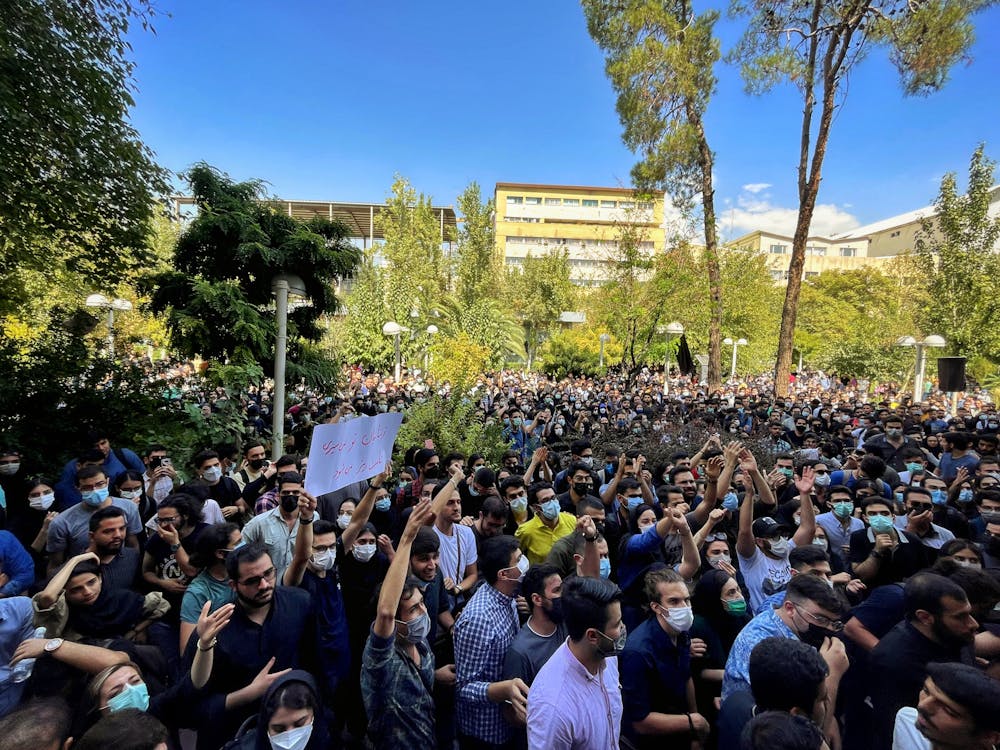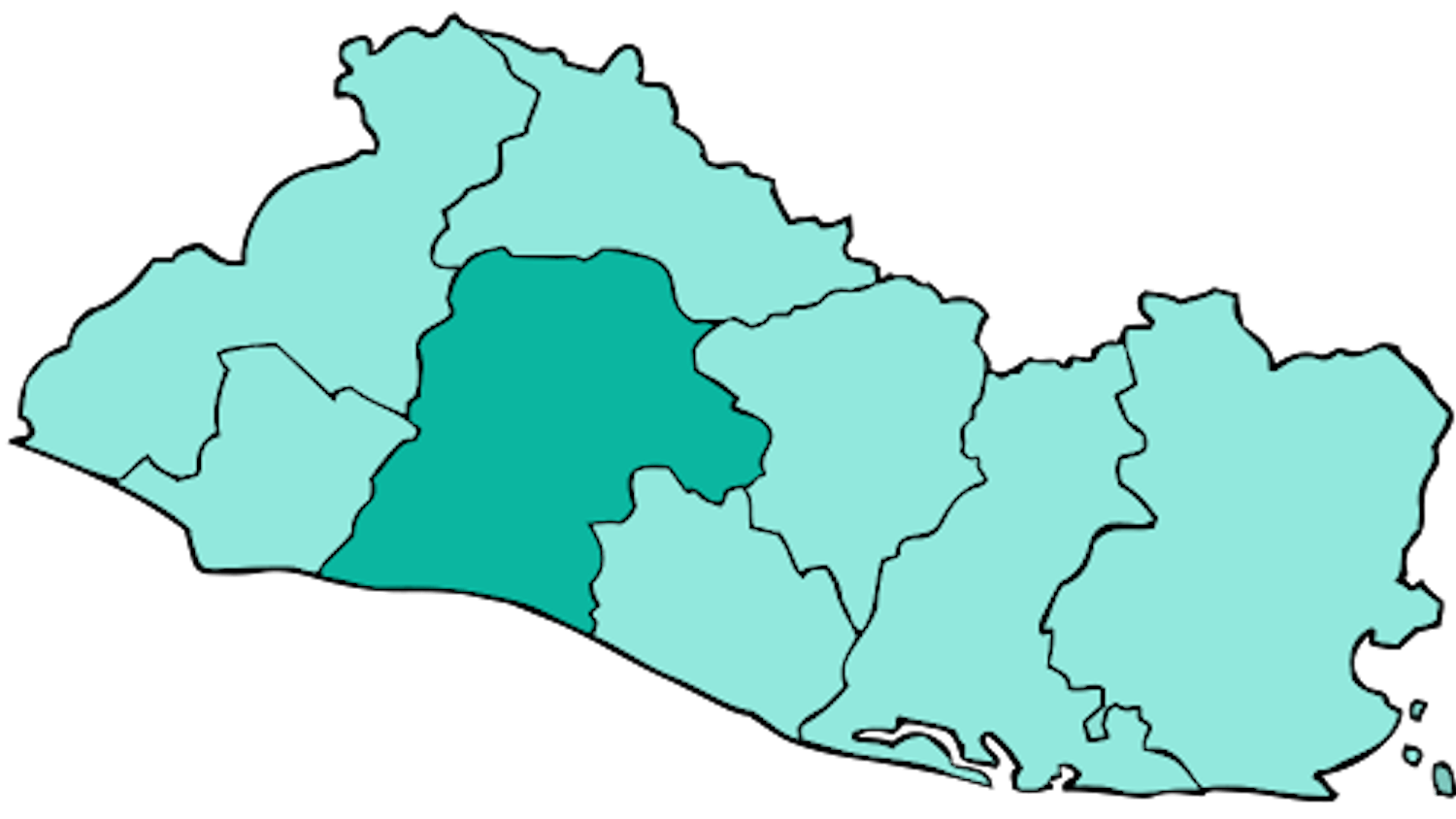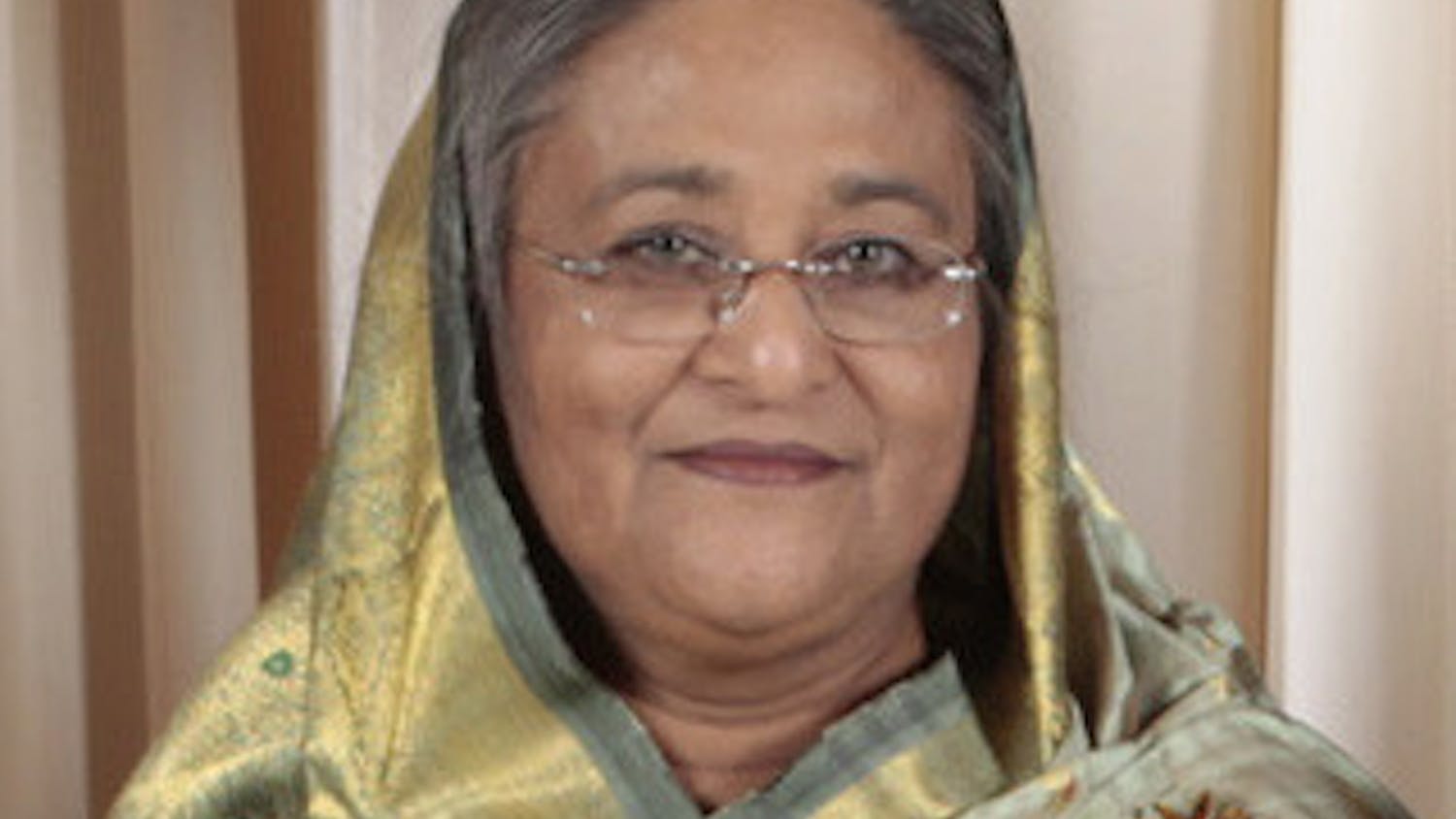By Gauri Patel
Staff Writer
Protests have erupted across Iran in opposition to the country’s authoritarian regime led by Supreme Leader Ayatollah Ali Khamenei, after the death of Mahsa Amini, a 22-year-old woman who was arrested by the morality police in Tehran. She allegedly did not wear her headscarf the right way, which violated the dress code mandated for Iranian women, according to Newsweek.
Following the 1979 Islamic Revolution, all women in Iran were mandated to wear a headscarf and loosely-fitting clothing, regardless of religion or nationality. The country strongly adheres to the traditional beliefs of Islam, so the government draws on sections of the Quran to justify its policies. The morality police, known as "Gasht-e Ershad" or Guidance Patrols, are authorized to enforce compulsory Islamic policies, which includes ensuring women are dressed in proper clothing. Defiance of these rules could result in fines, prison sentences or flogging, according to the BBC.
Amini died three days after her arrest, and many Iranians believe she was murdered by law enforcement. Iranian authorities say that Amini collapsed of a heart attack after being taken to a detention center where she was supposedly re-educated on hijab policy. This is a stark contrast to the reports from her family and other eyewitnesses that suggest that a violent assault caused her death as she has no history of heart health issues.
“They said Mahsa had heart disease and epilepsy but as the father who raised her for 22 years, I say loudly that Mahsa did not have any illness,” said her father, Amjad Amini, in an interview with Rouydad24 (“Event24”), a news site in Iran. “She was in perfect health. The person who hit my daughter should be put on trial in a public court, not a fake trial that results in reprimands and expulsions.”
Women and girls in Iran have shown their solidarity with Amini by participating in anti-government protests. Viral videos are circulating across social media depicting women, primarily university students, in Tehran burning their hijabs and cutting their hair in public while chanting "death to the dictator" in reference to the Supreme Leader, and "justice, liberty, no to mandatory hijab,” as reported by Newsweek. Protests are centered in Tehran but have now spread to more than 80 cities. Men are also among the demonstrators, as they are also opposed to the current regime.
Abbas Milani, founding director of the Iranian Studies Program at Stanford University said in an interview with Stanford News that “the fact that men have joined women in their epic battle for equality, and that the youth, savvy about the world and despairing about their future, have joined hands to create a better tomorrow is the reason for the remarkable number of protesters in cities and villages all across the country.”
Security forces, armed with tear gas, batons, guns and metal pellets, have been using brutal force to subdue protesters, according to TIME. Iranian security forces have killed an estimated 222 men, women and children, according to the Iran's Human Rights Activists News Agency (HRANA), as reported by the BBC. In addition, in response to the protests, Iranian officials cut off internet and social media access for the public in an effort to prevent the organization of protests or the sharing of information in and out of the country. The same tactic was used in 2019 when protests broke out due to rising oil prices, according to Amnesty International.
These recent demonstrations have received international attention with several countries, including the United States and Canada, imposing sanctions on Iranian officials and entities due to human rights abuses and censorship, according to U.S. News.
Secretary of State Antony Blinken said in a statement that the sanctions demonstrate how the “United States stands with the brave citizens and the brave women of Iran who right now are demonstrating to secure their basic rights.” Many nations of the European Union have also called for sanctions, along with considering freezing assets and travel bans.
Iran has seen anti-government protests in waves in recent years. Notable protests include the 2017 protests against the high prices of basic goods and the 2019 protests against overnight hikes in fuel prices. According to Milani, “The current stage of unrest is yet another effort to set the ship of state on its intended course.”







